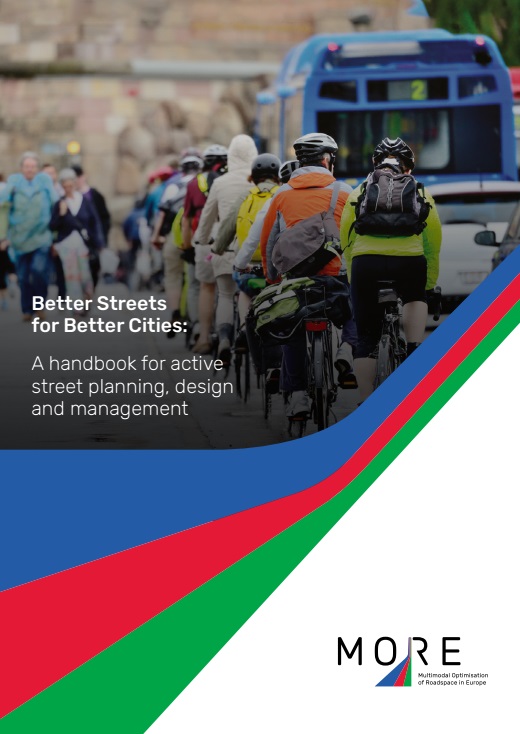This handbook describes the challenges that city governments face to accomodate various types of users of urban streets. It then suggests a new method for street planning, design, and management that considers the needs of all users, and a range of policy objectives.

The process starts with a stage where options for streetspace allocation are generated (using my tools explained here). The second stage is the use of physical and digital tools to engage with stakeholders. The third and fourth stages are modelling options for street designs and then determine which design is better, using a new option appraisal tool.
The Handbook shows how the tools were used in five European cities (London, Lisbon, Malmö, Budapest, and Constanta).
Next resource: The CREATE Guidelines for Urban Mobility Policy